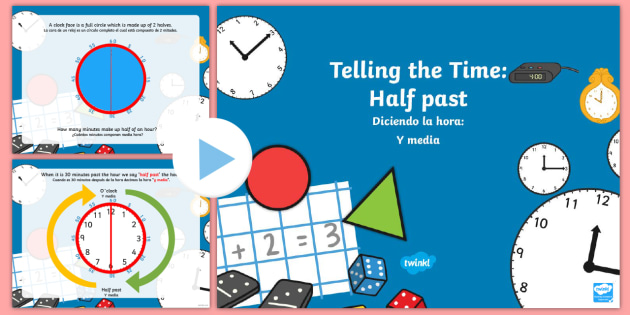

In January 2010, Google introduced an Android app and iOS version in February 2011 to serve as a portable personal interpreter. Despite this, Google initially did not hire experts to resolve this limitation due to the ever-evolving nature of language. Since SMT uses predictive algorithms to translate text, it had poor grammatical accuracy. The input text had to be translated into English first before being translated into the selected language. Originally, Google Translate was released as a statistical machine translation service. It translates multiple forms of texts and media such as words, phrases and webpages. Google Translate is a complementary translation service developed by Google in April 2006. 4.2 Languages in development and beta version.Originally only enabled for a few languages in 2016, GNMT is now used in all 133 languages in the Google Translate roster as of July 2022. It uses this broader context to help it figure out the most relevant translation, which it then rearranges and adjusts to be more like a human speaking with proper grammar". In November 2016, Google announced that Google Translate would switch to a neural machine translation engine – Google Neural Machine Translation (GNMT) – which translates "whole sentences at a time, rather than just piece by piece. Its accuracy, which has been criticized and ridiculed on several occasions, has been measured to vary greatly across languages.
Spanish time converter how to#
During a translation, it looks for patterns in millions of documents to help decide which words to choose and how to arrange them in the target language. Rather than translating languages directly, it first translates text to English and then pivots to the target language in most of the language combinations it posits in its grid, with a few exceptions including Catalan-Spanish. Launched in April 2006 as a statistical machine translation service, it used United Nations and European Parliament documents and transcripts to gather linguistic data. As of July 2022, Google Translate supports 133 languages at various levels, and as of April 2016, claimed over 500 million total users, with more than 100 billion words translated daily, after the company stated in May 2013 that it served over 200 million people daily.
Spanish time converter for android#
It offers a website interface, a mobile app for Android and iOS, and an API that helps developers build browser extensions and software applications. Google Translate is a multilingual neural machine translation service developed by Google to translate text, documents and websites from one language into another. November 15, 2016 5 years ago ( ) (as neural machine translation) Hay unareunion a la una y quince.April 28, 2006 16 years ago ( ) (as statistical machine translation) If you want to tell what time something is happening (i.e., "at 3 o'clock), use a ("at") in place of son or es. The phrases taught above are all for telling the time (i.e., saying "it is 3 o'clock). ĭe la noche = in the evening (use this from the early evening until midnight) ĭe la tarde = in the afternoon (use this after noon and until early evening - tarde extends until it starts to get dark, so a little longer than English speakers think of for "afternoon.") If the 12 hour clock is being used, the time of day will be indicated by using the following phrases:ĭe la mañana = in the morning (use this before noon) More often, people use the 24-hour calendar, especially for printed calendars.


The abbreviations AM and PM are rarely used in Spanish. Rather than using the number of minutes, you might use these phrases: (Careful - the next hour is one o'clock, which takes the singular form!) Once you get to minutes above thirty, it is common to subtract from the next hour (the same way we might say "It's ten to three" in English), using menos ("minus") and the number of minutes remaining:Įs la unamenosveinticinco. You can do this with any number of minutes, but it is most common to only add minutes up to the half hour. To add minutes to the hour, just say y ("and") and the number of minutes: If it's during the one o'clock hour (or if you're subtracting minutes from the one o'clock hour), you need the singular form (only one hour, right?): You need it to be able to set appointments, make plans, and ask for the time on the street.

It's important to be able to ask and tell the time in Spanish.


 0 kommentar(er)
0 kommentar(er)
